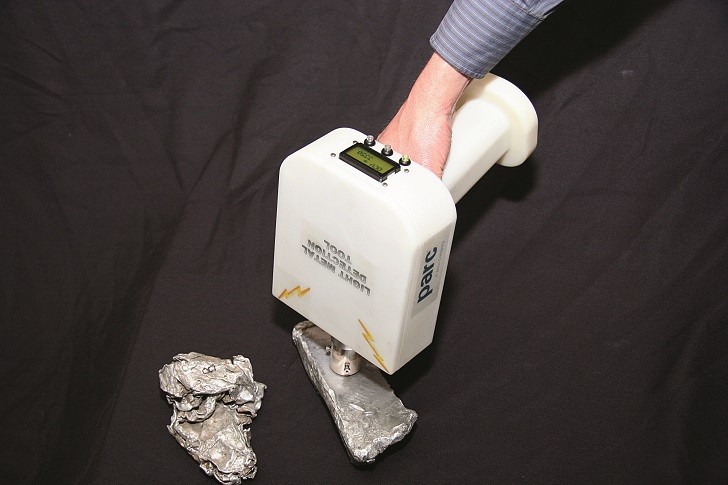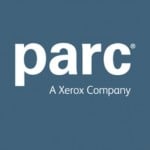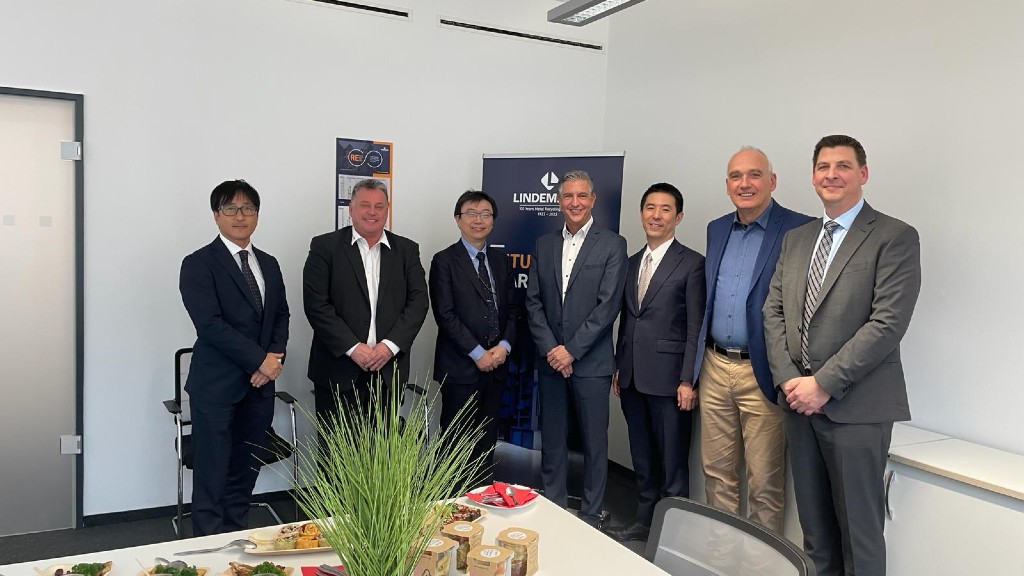
PARC (Palo Alto Research Centre) has successfully completed an ARPA-E (Advanced Research Projects Agency-Energy) funded project to develop technology that can quickly and cost-effectively identify the major alloys in scrap aluminum with 92 percent accuracy, enabling more profitable recycling.
According to PARC, current sorting technologies for light metals are prohibitively slow, and therefore expensive. As a result, in the U.S. approximately one million tons/year of scrap aluminum is shipped overseas for manual sorting and recycling. This removes valuable metals from North America and negatively affects the energy balance, for example, when the energy embedded in aluminum metals is exported.
During 2014, ARPA-E funded PARC to develop an innovative electrochemical solution to the problem. The basic technology involves using scrap metal as an electrode in an electrochemical cell. Different alloys of aluminum give different responses when electrically excited, allowing fast identification of major alloys. PARC says their technology shows distinct signatures for the major alloying agents in a piece of scrap (e.g., copper-rich vs. zinc-rich, or cast (silicon-rich) vs. wrought). The benchtop unit using this technology gives 92 percent accuracy in a test that takes less than 100 ms.
PARC is currently field testing in order to validate their technology to industry partners, and is transitioning from technology development to commercial realization with a two-pronged approach.
First is a handheld approach, and secondly a bulk sorter approach. In the handheld approach PARC’s X-ray fluorescence handheld unit will be hardened and deployed for field testing. PARC says their low-cost handhelds allow for a low barrier to entry, encouraging market adoption in small scrap yards. The company claims their units are 500 times faster than competitive models and cost around $200 compared to the average cost of $10,000 for some competitive XRF technology.
With the bulk sorter approach, PARC is focusing on the fact that current X-ray fluorescence-based technology is accurate, but typically takes over one minute per sample to analyze aluminum alloys. This is prohibitively slow for any kind of bulk sorting. PARC says their technology, which provides a reading in less than 100ms, makes bulk sorting of aluminum feasible for the first time. PARC is currently seeking industrial partners to productize and deploy their hand-held system, and to construct a bulk sorter to be installed on a pilot line at a secondary smelter.



